Blog posts tagged with psychiatric disorders
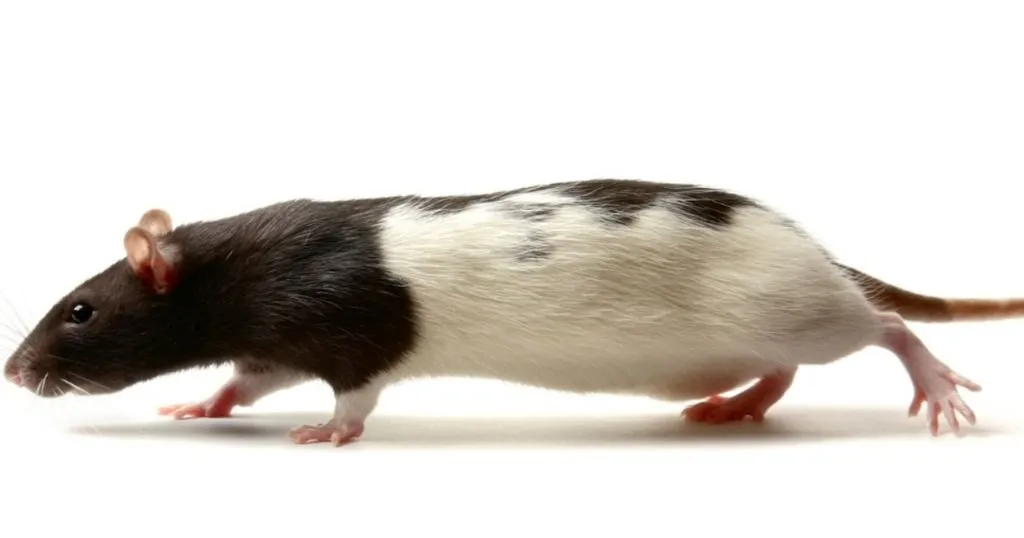
08 Sep
animal behavior research
Social Behavior
(Un)social rats: the role of dopamine and the amygdala in social adversity
With optogenetics and behavioral testing, researchers found a link between infant social adversity and decreased social behavior in the circuitry of the amygdala.
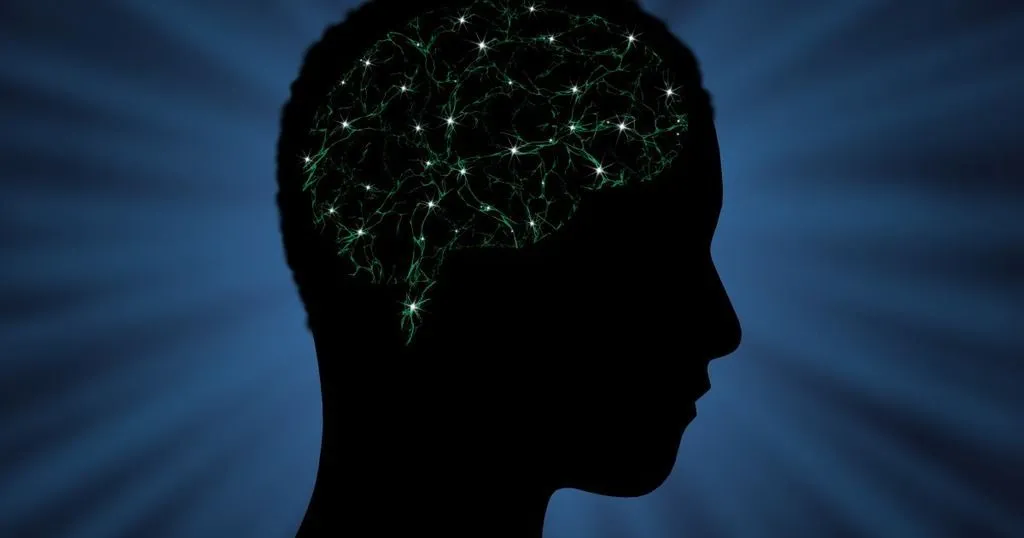
18 Jun
human behavior research
Neuroscience
Researching comorbidity in patients with autism spectrum disorder
Patients with autistic spectrum disorder also tend to have other disorders like epilepsy. Why is that and how can understanding that help us understand autism?
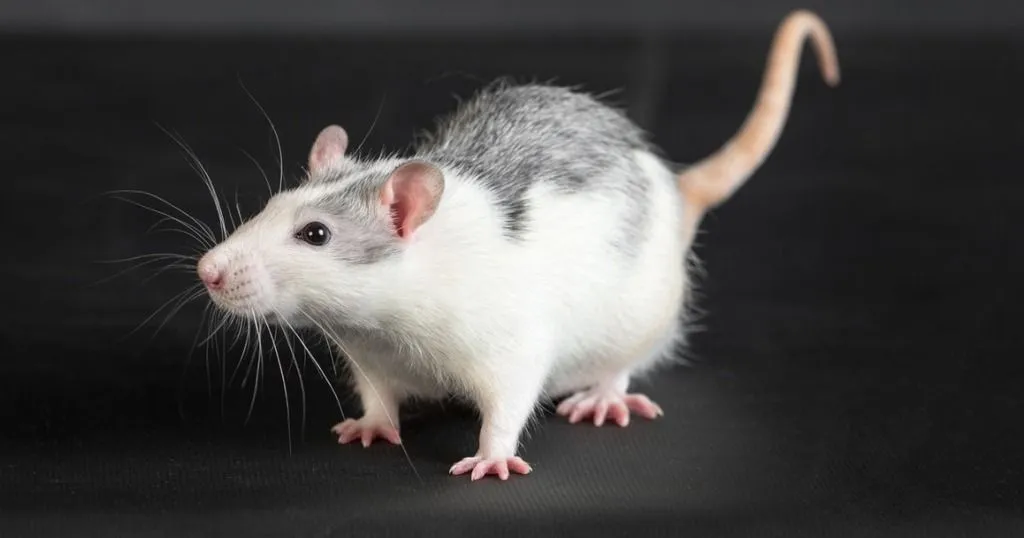
04 Oct
animal behavior research
Anxiety, Depression and Fear
Unraveling the chemistry of mood disorders
The most common psychiatric disorders are mood and anxiety related. However, the underlying mechanisms of these diseases are still largely unknown. This complicates the development of effective treatment and drugs.
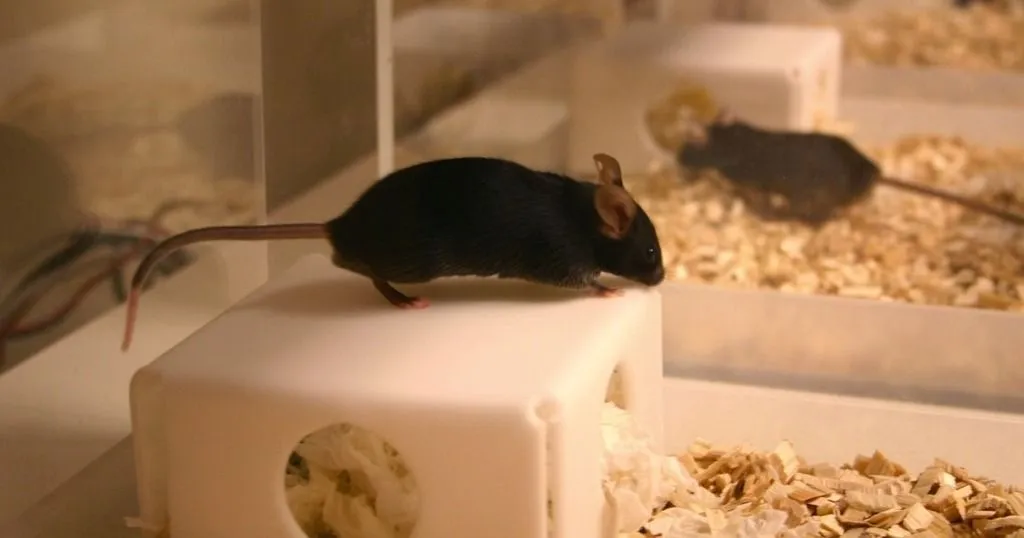
08 Feb
animal behavior research
Research Methods
Why it is smart to test your animal in its home cage
Behavior of laboratory rodents is often studied in well-controlled, simple experiments, in an environment that is fundamentally different from the animal’s home cage.
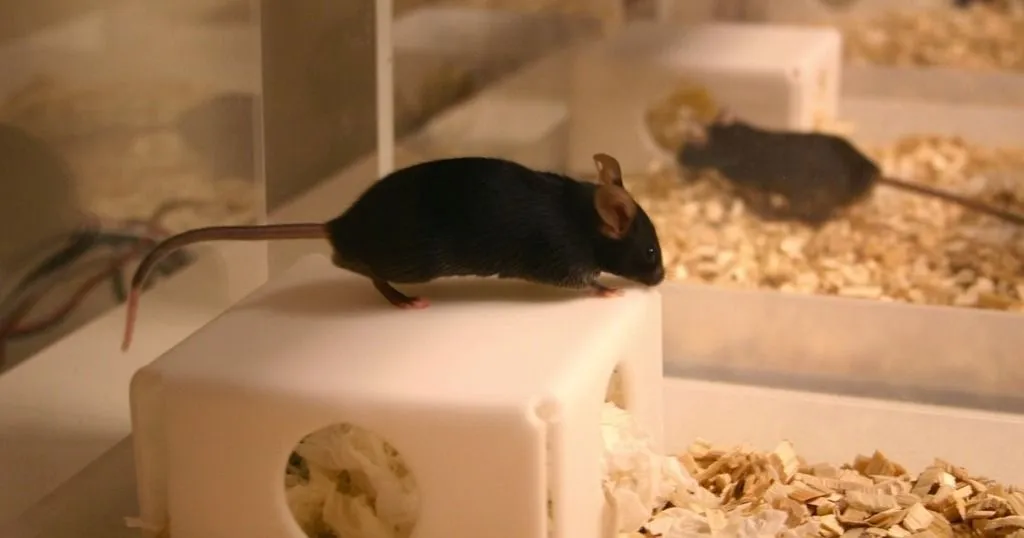
21 Jul
animal behavior research
Other (Animal)
Learning to use animal models for psychiatric disorders
Recently Lucas Noldus was interviewed for a technology feature in Nature; “Inside the minds of mice and men” by Monya Baker.
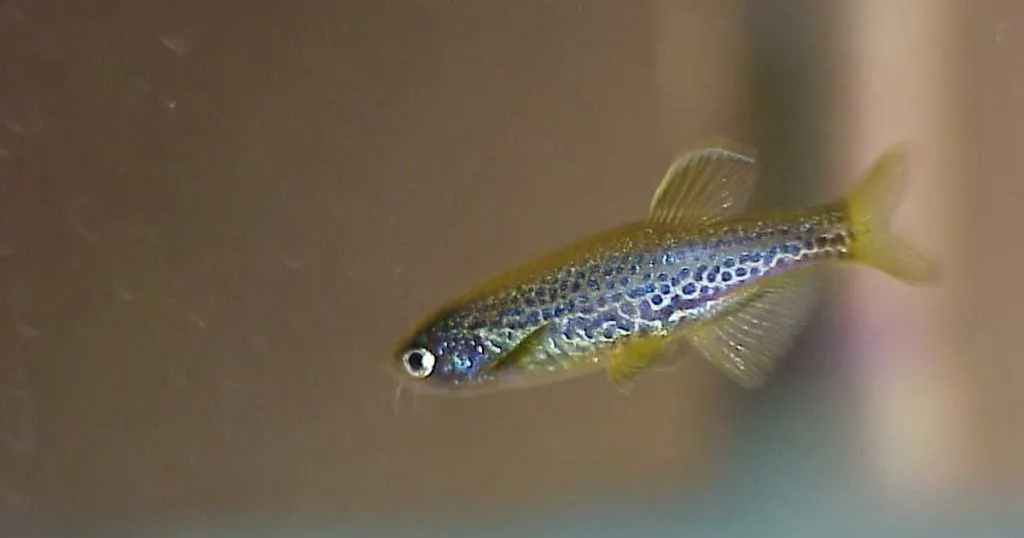
08 Jul
animal behavior research
Zebrafish Research
Zebrafish as lab animal increasingly popular
Zebrafish is the new rat. Or mouse. More and more rodents in the lab are being replaced by these nifty little striped fish. They are easy to maintain, reproduce and develop rapidly.